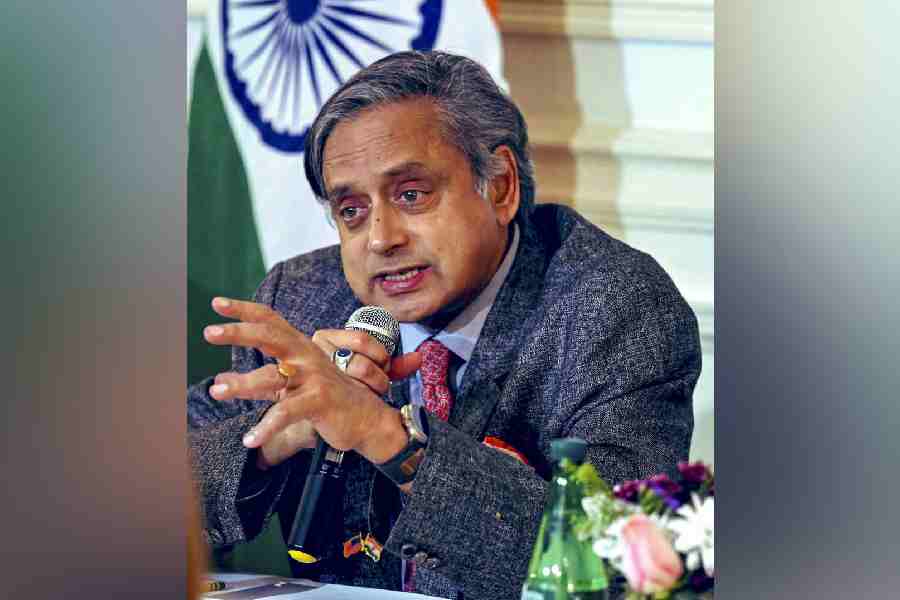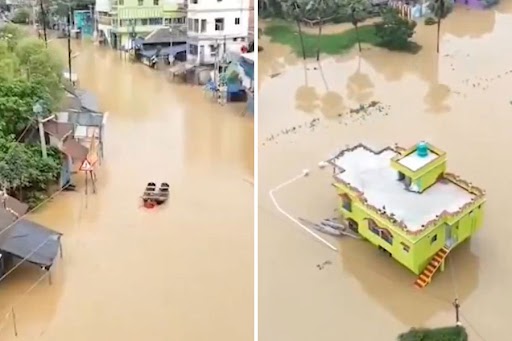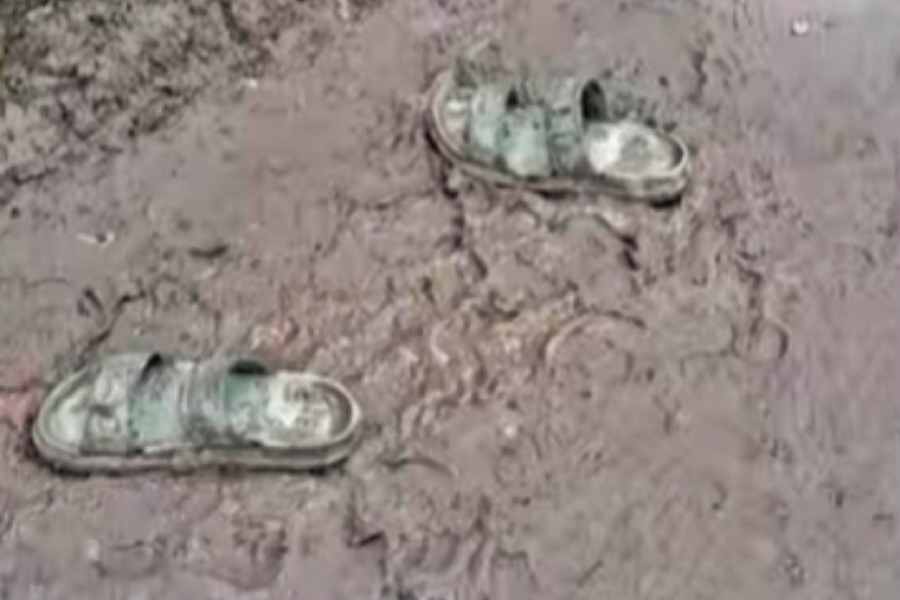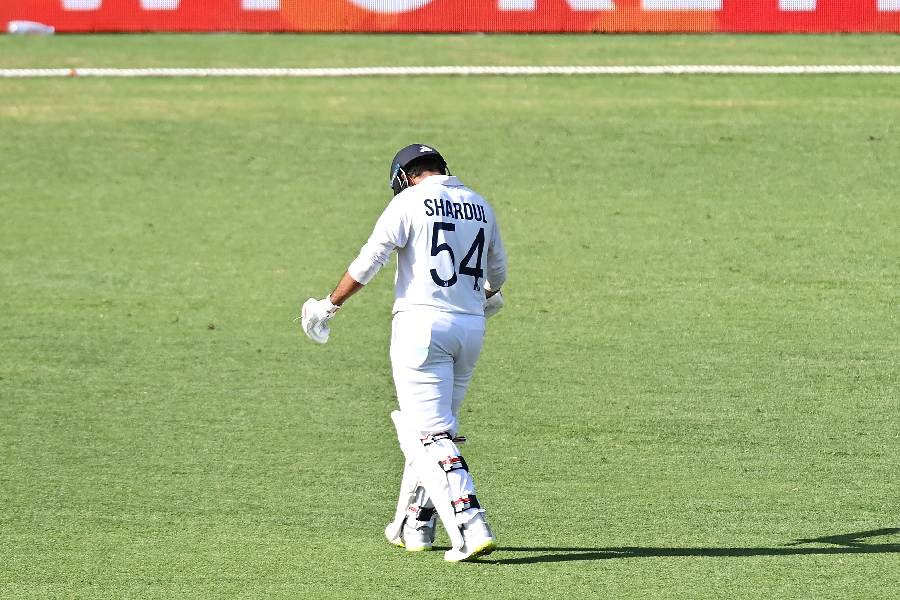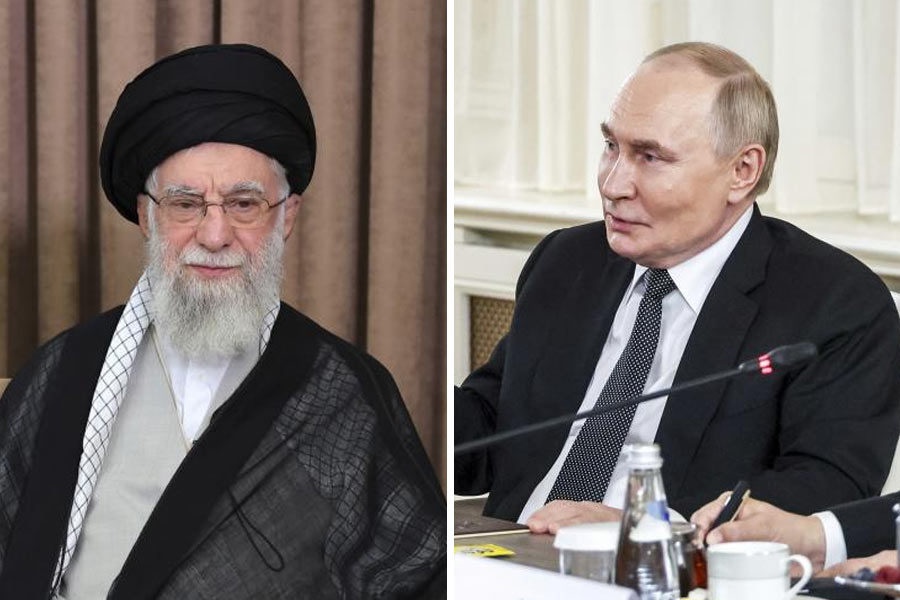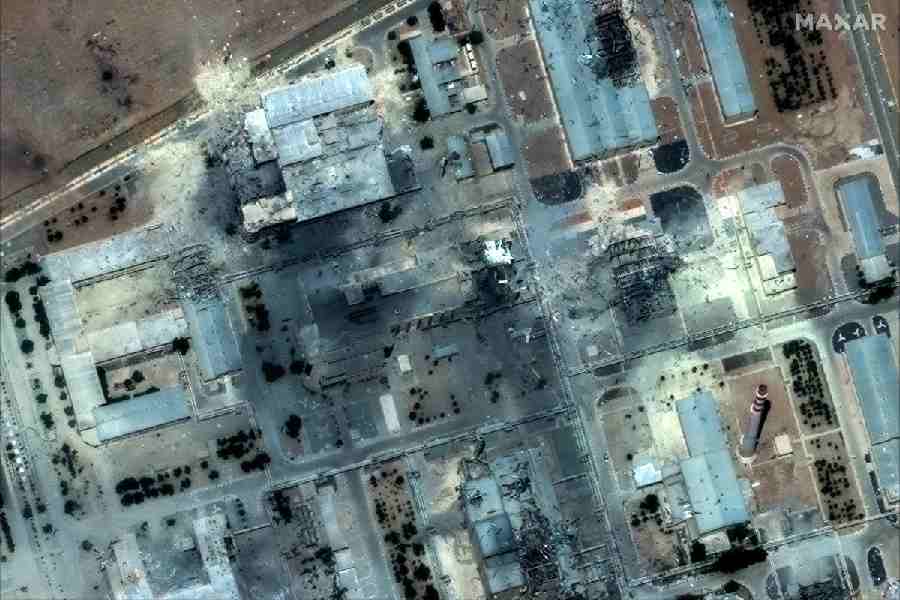
Bhubaneswar, Feb. 5: Trouble mongers and unruly motorists take note. You will be watched.
Next time you create ruckus on the streets or try to jump traffic signals, do not expect to walk free.
The city police today launched a CCTV surveillance system in the city.
In the first phase, as many as 114 CCTVs were installed at 28 locations in the city, including AG Square, Master Canteen Square, Rajmahal Square, Airport Square, Kalpana Square and Kalinga Hospital Square.
The CCTVs have been installed primarily for keeping tabs on the trouble mongers at these busy intersections.
The surveillance system at AG Square has Red Light Violation Detection (RLVD) and Automatic Number Plate Recognition (ANPR) system.

The RLVD system is equipped with sensors, which will automatically identify vehicles jumping red lights at the AG Square traffic signal.
The ANPR system will zoom in on the number plate and capture it.
Police said that the sophisticated Pan Tilt Zoom (PTZ) cameras are capable of covering a distance of more than 500 metres.
The first phase of CCTV-based surveillance system also includes installation of the cameras in all 33 vans of Police Control Room (PCR). The high frequency static CCTVs mounted on PCR vans are capable of capturing image to a distance of around 100 meters. A monitor has also been installed inside the vans to see the live footage.
The control room located at the commissionerate building will be managed by more than 30 police personnel, who will keep tabs on the footages round the clock.
The cops said besides keeping a watch on the suspicious elements, the cameras would also be helpful during emergency situations especially road mishaps.
Police commissioner Rajendra Prasad Sharma said the surveillance system would help the police maintain law and order in the area.
"It will also help the cops act effectively in trying situations and also manage traffic properly in the capital city," said Sharma.
Police have decided to install CCTVs at 90 locations in the city. While the surveillance system for 28 locations in the first phase started today, another 48 locations would be covered in the second phase and the remaining 12 areas would be covered in the third phase.
The first phase installation cost Rs 10 crore. The Odisha State Police Housing and Welfare Corporation has been entrusted with the job. Police had also sent its teams to Delhi, Bangalore and Surat to study the functioning of such system before implementing it in the city.
Chief minister Naveen Patnaik launched the service and urged the Odisha State Police Housing and Welfare Corporation to complete the second and third phase at the earliest.
"The onus is on the police to make intelligent use of improved communication technology, camera networks and video analysis. They need to spruce up the existing framework of policing and accomplish their goal of giving citizens a safe city," said Patnaik.


